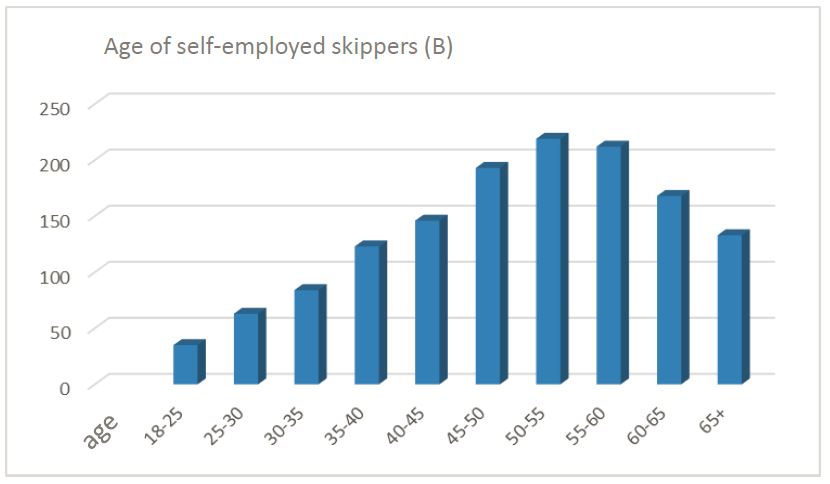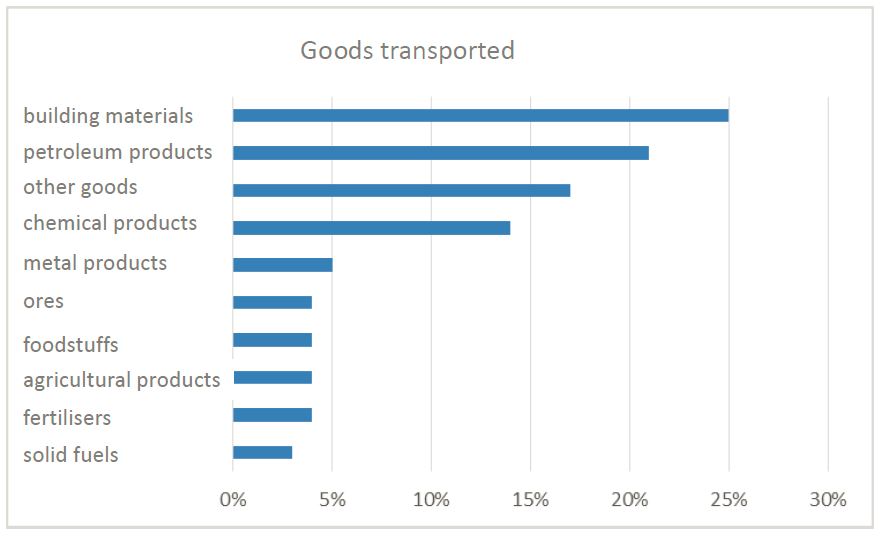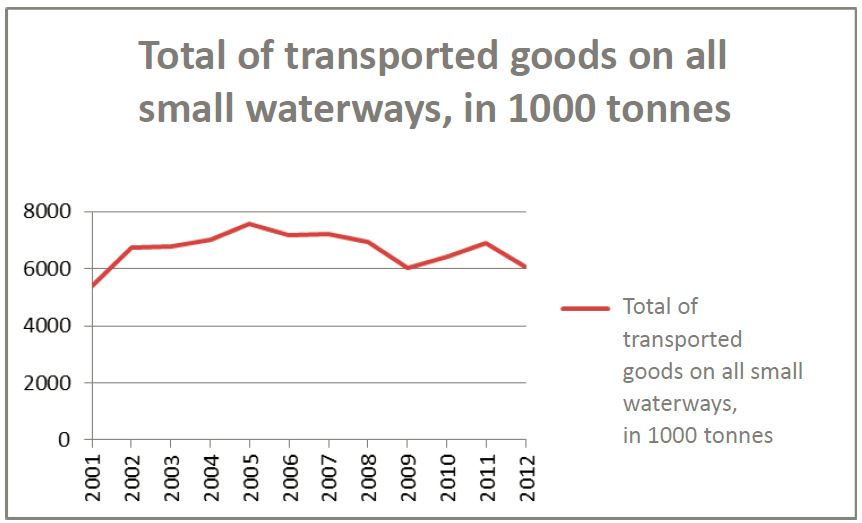Modal Shift & Split
How will you take care of logistics? How many crew members do you envisage and when/where will they be recruited? Will the crew sail continuously?
Regarding the personnel, we are analysing how inland navigation can be as competitive as possible. The self-propelled barges are only deployed on shorter distances. On the larger waterways convoys are put together and a push boat navigates the barges. The rules for navigating push boats are clear and are applied.
From an economic point of view, this aspect corresponds with the Watertruck+ concept. With regards to the operational costs, we are investigating how we can keep personnel costs as low as possible by only deploying on-board staff for sailing and not for waiting until the receiver has loaded or unloaded. Furthermore, the fuel costs will be kept as low as possible. As for investment costs, the design of the barges is based on standardization, modularity, versatility and a large load capacity, both in terms of weight as well as volume.
How is Watertruck+ complementary to the existing fleet, how does it relate to modal split?
Watertruck+ aims to introduce an economically feasible alternative to road transport via a flexible model of waterway transport that is complementary to the current waterway transport.
Therefore, Watertruck+ focuses on freight flows that are currently transported by road and on new flows, thereby increasing the market share of inland waterways in the European modal split. In doing so, Watertruck+ wants to contribute to moving more goods from the supersaturated European roads towards the available capacity on the waterways, increasing the throughput on TEN-T corridors and unlocking the economic potential in regions with small waterways.
The next table summarizes the situation of the fleet dry cargo vessels, that belonged to investors registered in Belgium as of 31/12/2015 (source ITB).
It shows that the Belgian fleet numbered 962 dry cargo vessels as of 31/12/2015, with a total capacity of 1.508.090 tonnes. The average tonnage amounted to 1.568 tonnes.
596 units, representing 62% of the total fleet belonged to CEMT I-IV class.
The size of the Watertruck+ fleet, after conclusion of the project (2019), will consist of approximately 31 units (barges and push boats), which makes up 3% of the total Belgian fleet of dry cargo vessels, or 5% of the total number of the CEMT class I-IV.
The graph below shows that over 50% of the independent inland navigation boatmen are over 50 (source: RSZV, own calculation, 31/12/2014).
The number of independent inland navigation boatmen diminishes year by year. In 2014 the number decreased by 53, or 4%, in comparison to the number in 2013.
graph (B): age of independent inland navigation boatmen (B)
In Flanders 66.860.769 tonnes were transported via inland navigation in 2015 (source: PBV, 2016). The goods transported are:
The largest category remains building materials. Containers are listed under ‘other products’, which is the fastest growing category.
Transport via small waterways has been diminishing in Flanders over the last years, as illustrated by the graph below. In this sailing area 6.056.500 tonnes of goods were transported in 2012 (source: study by W&Z and DS regarding the potential and usage of the small waterways).
Where do the 3 million tonnes of freight load come from, that Watertruck+ claims to have? What do these loads consist of and which flows are involved? How certain is it that these loads are 100% new loads, derived from road transport?
The operational and economic feasibility of the concept was investigated during the Interreg IVB project Watertruck (http://watertruck.be/) that was executed between 2010 and 2014.
In Flanders’ regions Campine and West Flanders, an analysis was made of about 14 million tonnes (69 shippers) of which 3 million tonnes could be transported with the Watertruck+ concept. For at least half of these 3 million tonnes, a modal shift is possible.
Shipper Waterwegen & Zeekanaal (W&Z) Nieuwe Stede has assigned an operator to move 415.000 tonnes of soil spread over 7 years. If it hadn’t been for Watertruck+, these loads would have been transported by road.
The real life trial at this stage contains at this stage the transport volumes from 5 to 10 different parties assigned in Call I & II, who will be contracted for an estimated yearly volume of ca. 519.000 tonnes. At present, more than half of this volume has been assigned, of which 82% via new flows. The remaining 18% consists of volumes that are already transported by an involved operator and that are recorded into long-term contracts. Therefore there will be no distortion of the market.
Another opportunity for attracting new freight for inland navigation is addressing shippers who used to transport goods over water and are therefore are still located by the waterways. They are still not convinced of the great advantages of inland navigation. Thus an important historic amount of freight is lost for which new vessels are needed. Watertruck+ strives to offer a competitive alternative for transport by road by creating a flexible model for transport by water, that is complementary to the current inland navigation.
This trial phase shall provide us with more information about:
- the construction costs, through efforts to achieve greater standardisation and a modular structural design.
- the operating costs, as a result of efforts to implement a different logistical organisation and more efficient propulsion systems.
These parameters shall be combined with a financial toolbox. This financial toolbox shall comprise available financial tools that will support the roll-out of the concept in Europe. The operational parameters and the financial toolbox will result in a master plan consisting of business cases for the construction of a new fleet of Watertrucks throughout Europe, driven by private investments.



